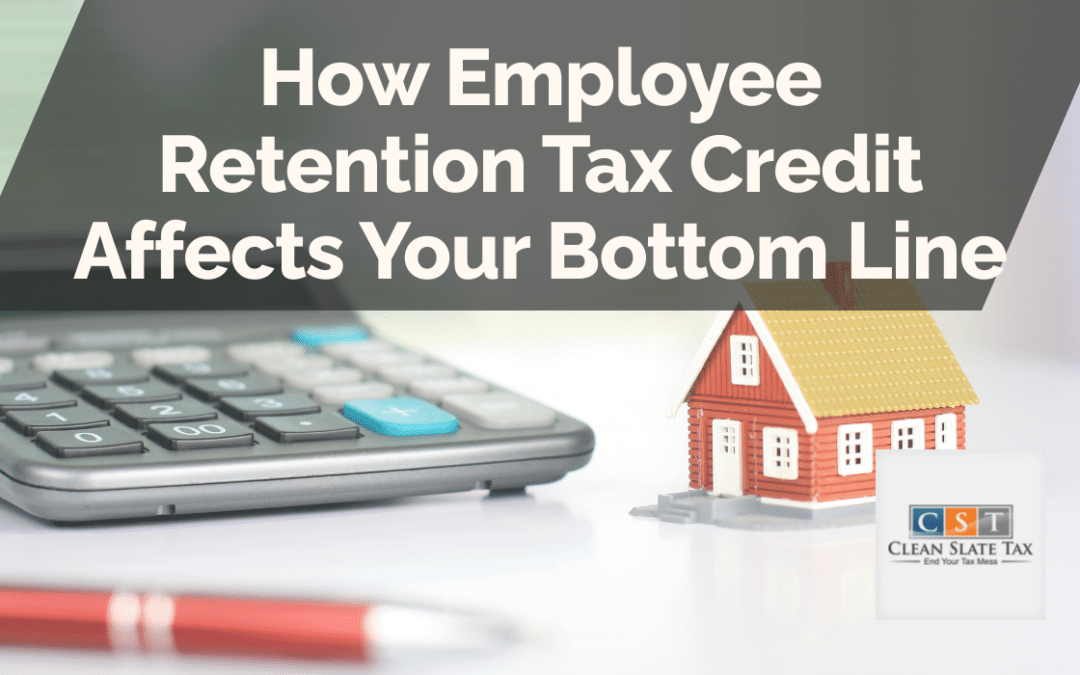The Employee Retention Tax Credit (ERTC) is a valuable tax break for businesses. It was designed to incentivize businesses to keep employees on their payroll during times of significant disruption, such as the COVID-19 pandemic. This credit can have a substantial impact on your company’s bottom line, affecting various areas of your business, including cash flow, tax obligations, and overall profitability. Here’s a closer look at how the ERTC influences these aspects.
The Impact on Cash Flow
The ERTC significantly affects business cash flow. When a company retains their employees, in spite of economic hardships, they qualify for this tax credit. This supplemental income can ease the burden of expenses, and thus, improve a company’s cash flow situation.
Enhanced Liquidity
The ERTC provides companies with liquidity they might not have otherwise. This additional cash can be used to cover operating expenses, make strategic investments, or shore up cash reserves, helping the business remain afloat during challenging times.
The Effect on Tax Obligations
ERTC reduces the tax liability of businesses, allowing them to keep more of their hard-earned revenue. This tax credit can be claimed against the employer’s portion of Social Security taxes. Any excess credit is refundable, meaning the IRS will send the employer a check for the balance.
Tax Planning Benefits
Harnessing the ERTC can lead to significant tax savings that can affect business tax planning strategies. The ERTC can offset payroll taxes, lowering the overall tax obligation of a company, thereby freeing up resources for other areas of the business.
The Implication for Profitability
By reducing tax liabilities and increasing cash flow, the ERTC promotes profitability. Companies can use the funds saved or received through this credit to invest back into the business, reinventing their products or services, or building up their workforce. All these activities can eventually contribute to increased revenue and profitability.
Securing Business Stability
By the virtue of enabling businesses to retain their employees during adversities, ERTC indirectly helps in securing business stability. A stable and skilled workforce is paramount to a company’s long-term success and profit generating potential.
Frequently Asked Questions
-
What is the Employee Retention Tax Credit?
-
How does the ERTC impact cash flow?
-
Can the ERTC reduce my tax liability?
-
How can the ERTC affect profitability?
In conclusion, the Employee Retention Tax Credit can substantially impact a business’s bottom line by improving cash flow, reducing tax liabilities, and promoting overall profitability. By leveraging this tax credit, businesses can better navigate financial challenges and position themselves for future success.





